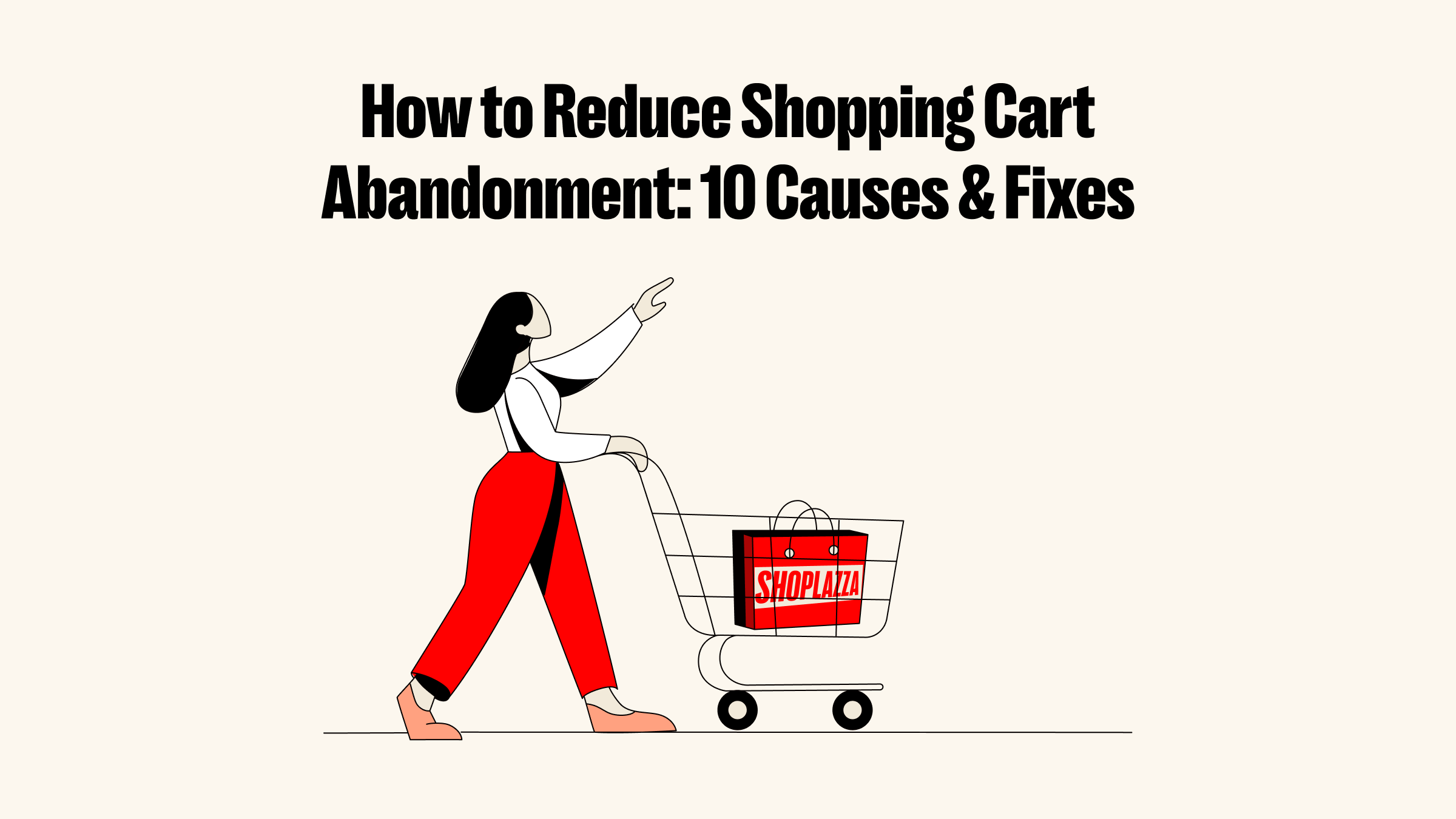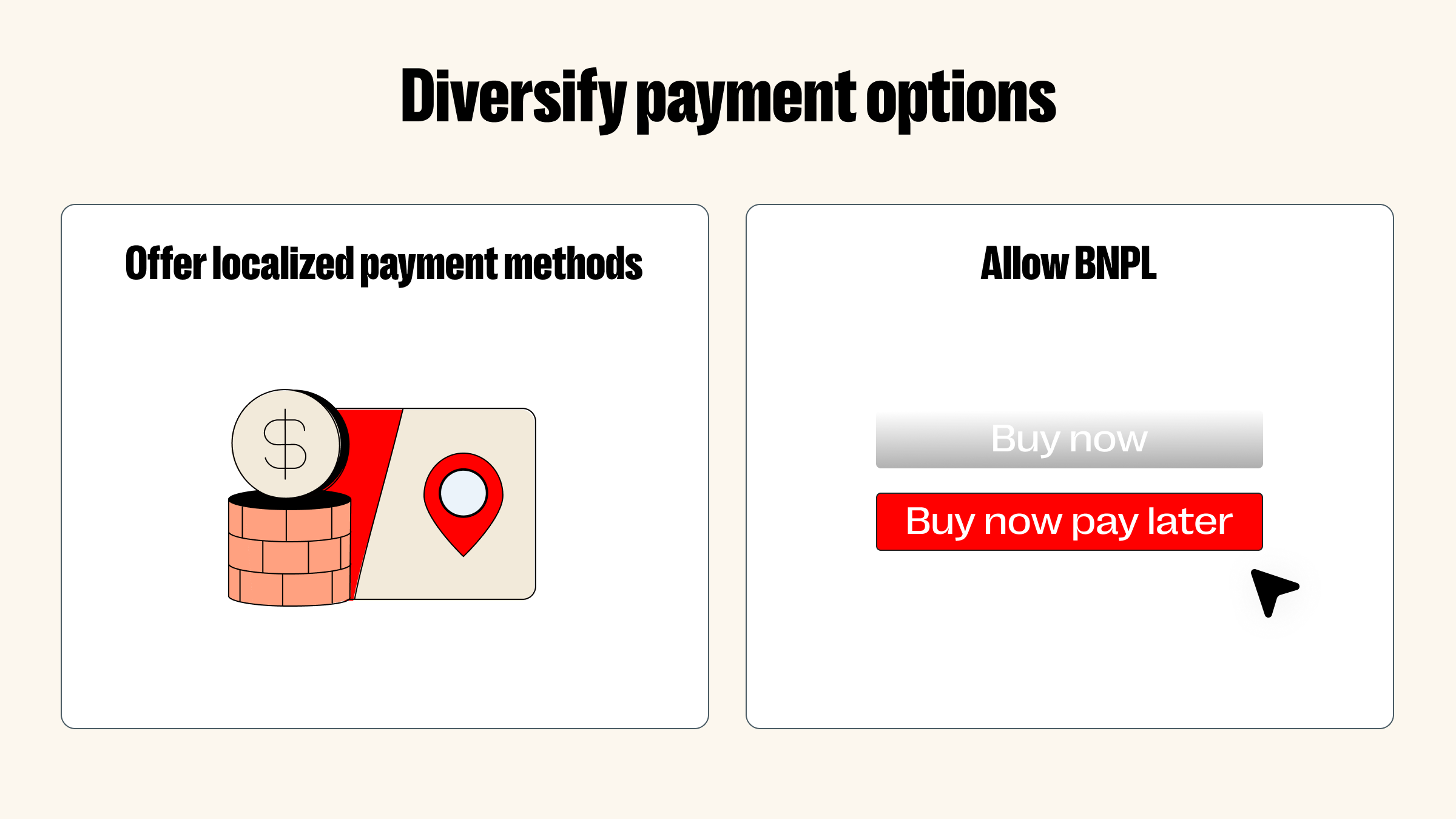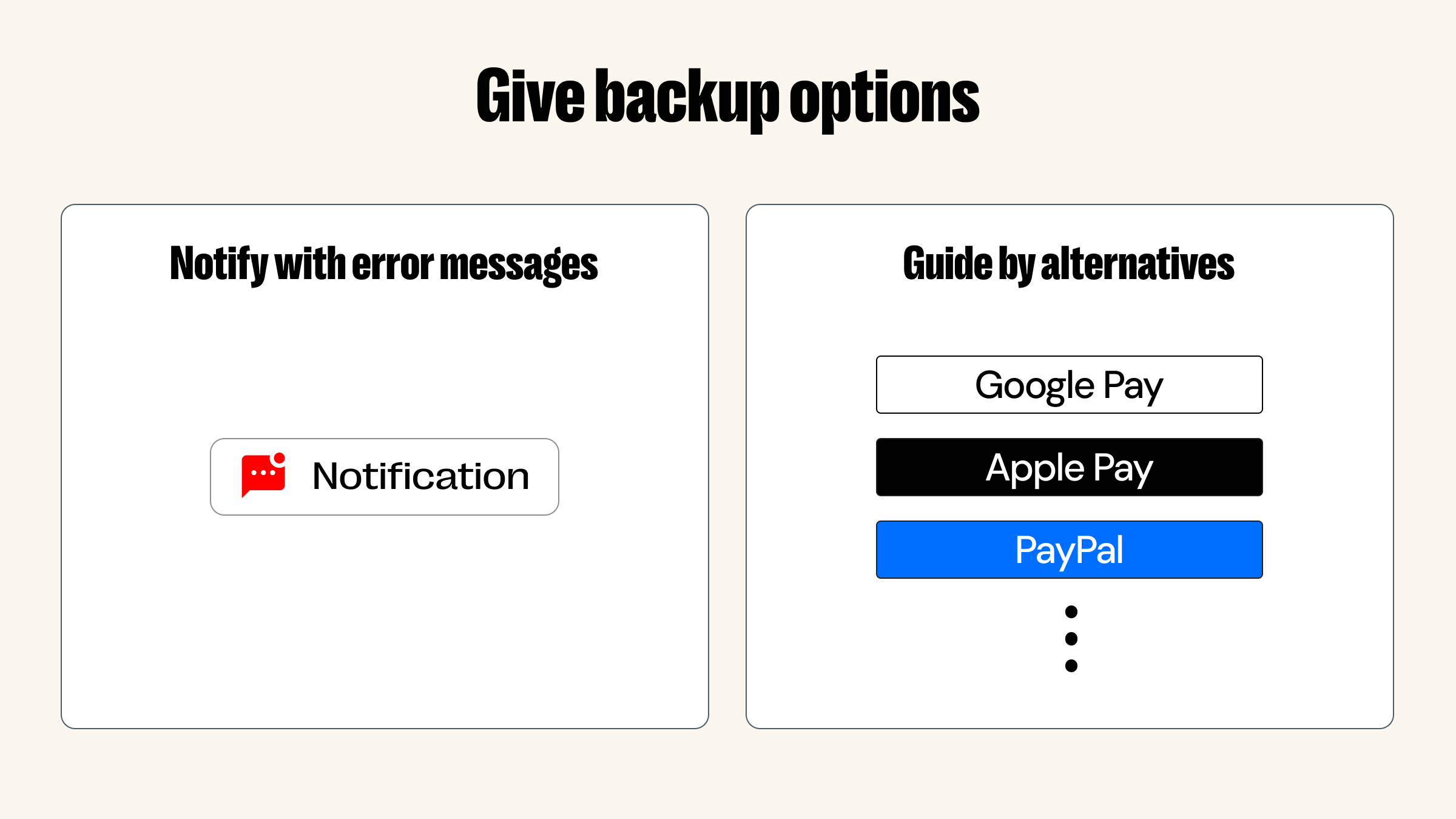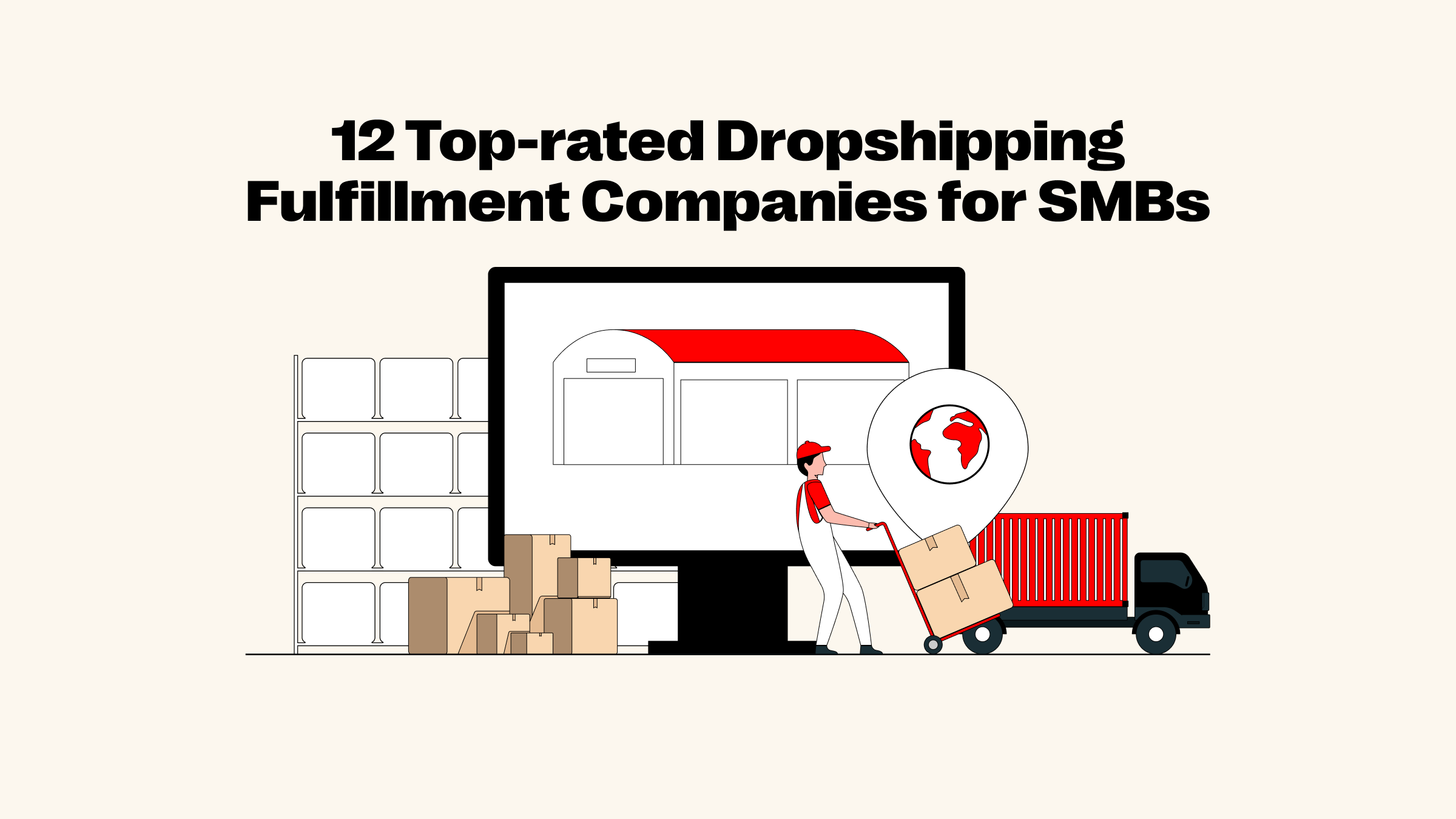You've built a great site. Your products are spot-on. Ads are running. Visitors are clicking “Add to Cart.” Then... silence. No sales. Just abandoned carts sitting there. Frustrating, right? If you’ve been wondering the reasons why people abandon cart online and how to reduce shopping cart abandonment, you’re definitely not alone. In this blog, we'll anaylze the causes and rate by expert data and give useful solutions in 2025, to help you boost your conversions and revenue.

Why do people abandon checkout? 10 reasons for 2025 data analysis
If you’re asking yourself why do customers abandon the checkout process even after showing strong buying intent, you're already thinking like a smart store owner. This issue has been troubling online sellers for years—and it's not slowing down.
Barilliance’s earlier research showed just how device-dependent this behavior is. Mobile users had the highest cart abandonment rate at 85.65%, followed by tablets at 80.74%, and desktops at 73.07%. Fast forward to 2025, and the Baymard Institute now puts the average cart abandonment rate at 70.19%, based on a broader analysis of ecommerce trends.
.png?width=1280&height=750&name=Source%20from%20baymard.com%20(2025%20research).png)
Source from baymard.com (2025 research)
So, what's still driving people away at the final step? Here are the top 10 reasons shoppers ditch their carts, backed by fresh 2025 data:
-
39% — Extra costs are too high (shipping, tax, fees)
-
21% — Delivery was too slow
-
19% — Didn’t trust the site with credit card information
-
19% — Forced to create an account
-
18% — Checkout process was too long or complicated
-
15% — Returns policy wasn’t satisfactory
-
15% — Website errors or crashes
-
14% — Couldn't see or calculate total order cost up front
-
10% — Not enough payment methods
-
8% — Credit card was declined
These kinds of cases are nothing new. They’ve been rooted in years of user behavior and continue to hurt conversion rates in 2025. The good news? Every single one of these friction points has a fix. Next, we’ll break down proven strategies to reduce shopping cart abandonment—step by step, reason by reason.
How to reduce cart abandonment? 10 solutions for higher sales
Now that we’ve unpacked why shoppers leave without buying, let’s talk solutions. To reduce cart abandonment rate, you don’t need a full site overhaul, just smart, focused improvements. Here’s how to turn hesitation into action and boost your sales, step by step.
Make it worthy
Many shoppers think, “It’s not worth it,” and abandon their carts at the last minute. Around 39% of customers drop off because unexpected costs like shipping, taxes, or extra fees suddenly raise the total price. For example: discounted items paired with high shipping, hidden fees appearing at checkout, surprise customs charges, or delivery fees higher than competitors…… To tackle this, clear pricing upfront is crucial.

Show a “no hidden fees” message
A simple banner or pop-up near the product or cart—something like “No Hidden Fees”—can go a long way. It reassures customers that what they see is what they’ll pay, reducing hesitation before they reach the checkout.
Offer value-driven discounts
It’s not always about lowering prices—it’s about making the cost feel justified. You can try to offer free shipping on orders over a certain amount (like “Free Shipping Over $199”), first-time buyer coupons, or time-limited bonus deals and discount with purchase. You can also tailor free shipping policies for key markets by setting thresholds based on total price, weight, or quantity. Another approach: roll shipping costs into the product price and display “Free Shipping” at checkout. That clean “$0 delivery” line instantly removes sticker shock.
Optimize your shipping cost
The key here is “ship smart and unify.” Work with local warehouses or third-party logistics (3PL) partners to enable region-based fulfillment. This shortens delivery distance and cuts down on shipping expenses. Many ecommerce platforms, like Shoplazza, allow you to set shipping zones and rules—so you can group nearby countries (e.g., all of North America) under one flat-rate fee and avoid surprising customers with sky-high logistics costs.
Clarify delivery options
“Others are faster”—that’s often the final nudge before shoppers ditch their carts. Around 21% of customers walk away because delivery feels too slow, and a quicker option is just a click away. It’s not really about impatience; it’s the uncertainty that drives them off. When shipping times are unclear, tracking is missing, or competitors offer speedier delivery, shoppers lose confidence fast. To prevent abandoned checkouts caused by delivery doubts, clarity and speed are key.
Set clear arrival estimates
For out-of-stock or pre-order items, clearly mark the “expected arrival date.” This avoids confusion that the product will ship immediately. Back in stock buttons like “arrival alert” or "notify me" on the product page can also keep hesitant buyers engaged.

Show transparent shipping details
Clearly list shipping times, methods, and estimated delivery windows right on the product page. Instead of vague “7-15 days,” break it down like “1-3 business days processing, plus 5-7 business days shipping.” For extra trust and personalization, tailor this info based on the buyer’s location. Clear timelines ease anxiety and boost confidence in buying—especially across different markets.

Provide flexible delivery options
Give shoppers choices like local delivery, in-store pickup, expedited shipping, or next-day delivery to suit urgent needs. Like with shipping cost solution above, you can use local warehouses and regional fulfillment to help speed things up and lower costs, improving overall delivery reliability.

Build trust in brands or websites
“What if it’s a scam?” That doubt drives 19% of shoppers to abandon their carts. It’s not about the product—it’s about trust. When the checkout page lacks security badges, the brand feels unfamiliar, or customers hesitate to share payment info, conversions tank. Trust isn’t optional; it’s the key to turning hesitant visitors into confident buyers. Here's how to fix it.
Build a recognizable brand identity
Don’t look like a pop-up stand—look like a real store. From your logo and color scheme to the tone of your copy and layout, everything should feel consistent and intentional. And please avoid the look of a cluttered drop-shipping site. Instead, express your brand personality clearly so shoppers remember you—and trust you.

Show it’s safe to pay
Buyers need to feel safe when entering their payment details. On your checkout page, you can clearly show security badges like SSL certificates and PCI-DSS compliance. Let shoppers choose familiar options like PayPal or Stripe—that small detail can calm a lot of nerves.

Let happy customers speak for you
Real reviews build real confidence. So, you can show customer ratings and comments on your product pages, and highlight what matters most: quality, shipping, and service. Then, add photos, order dates, and buyer locations if you can. These touches make your reviews feel honest—not fake.

Make checkout easy
“I just want to buy something—why do I need to register?” That’s a common frustration. About 19% of shoppers abandon their carts when forced to create an account. It slows them down, interrupts their flow, or offers no clear value. Some even lose their cart if signup fails. Want smoother checkouts and fewer drop-offs? Let’s talk about how to make guest checkout work better.

Offer guest checkout
Let people buy without creating an account. Then, after payment, you may even suggest they register to save their order history or get coupons. You may make account creation feel like a bonus—not a hurdle.
Keep sign-up super simple
Nobody wants to fill out endless forms. So, you may ask for just an email and password, or even better—offer one-click sign-in with Google, Facebook, or Apple. The smoother it is, the more likely they’ll follow through.
Highlight the perks early
Right next to your login or sign-up button, say what’s in it for them: “Log in for more discount”, “Track your orders”, “Stay updated on restocks”. When shoppers see the value upfront, they’ll be more willing to share their info.
Don’t make checkout a chore
“Why does it take forever just to buy one thing?” A long or confusing checkout process is enough to drive 18% of buyers away—especially when they have to fill out too many forms, jump through multiple pages, or struggle to find their preferred payment method. So how can you make checkout feel effortless?

Keep the form short
Only ask for what’s essential: name, phone number, shipping address. Use autofill whenever possible, and skip anything that isn’t truly needed. The fewer fields you ask for, the fewer people you’ll lose.
Use one-Page checkout
Don’t split the process across multiple pages. Let shoppers review their cart, enter their shipping info, and complete payment—all on one screen. This keeps the flow smooth and avoids loading delays or confusion between steps.
Add quick payment options
You may give your customers a fast lane. It include options like Google Pay, Apple Pay, or major credit cards, based on your market. One-tap checkout can seriously cut friction and boost conversions.

Spell out your terms
“What if it’s the wrong size?” “What if the price drops tomorrow?” That hesitation is real, specially with cross-border orders. In fact, 15% of shoppers walk away because the return policy feels unclear or too strict. If they’re unsure what happens after they buy, they often don’t buy at all.
Say your return & price guarantee policies
It is essential to make your terms clear and reassuring. For example:
“free exchange/returns for all items in new condition within 90 days.” Or: “90-day price guarantee—if it goes on sale, we refund the difference.” This removes fear around “buyer's remorse” and helps shoppers feel safe clicking “buy now.” Don’t forget to include your contact info in the policy for special cases.

Give live chat
You may add a live chat button right on your site to answer common concerns like “What if it doesn’t fit?” or “How do I return something?” Quick answers build confidence and make your brand feel human and trustworthy. If you can’t be online 24/7, smart tools like QuickCEP can help. It uses AI to create a custom knowledge base from your store’s products and brand voice, then auto-responds to questions. That means faster replies, lower support costs, and happier customers—without stretching your team thin.

Make checkout fail-proof
Crashes, loading issues, failed payments—your customers won’t wait around. According to Baymard, 15% of shoppers abandon their purchase due to site errors or crashes. It’s not about patience—they never had the chance to finish. Here are common triggers:
-
Order submission fails, even after multiple attempts
-
Page keeps loading endlessly
-
No confirmation after payment—unclear if money was charged
-
Error page appears, and going back means re-entering everything
Use backup payment channels
You may enable auto-switching with tools like Shoplazza’s failover system. When one payment provider goes down, it automatically switches to a backup, so your customers can still check out without hitting a wall—and you don’t lose sales.
Enable smart retries
If a payment fails, don’t make the customer refresh or try again. Smart retry systems on Shoplazza quietly re-attempt the transaction using other available gateways—within milliseconds. No extra effort needed by your shoppers.
Set up error alerts
Don’t wait for a customer complaint to realize your site’s broken. With real-time store monitor, your system can instantly notify you by SMS or call when a page crashes or a checkout fails, so you can fix it fast—before it leads to abandoned checkout emails and lost sales.

Display final costs early
Unlike high product prices, hidden fees—like taxes or service charges—often pop up at the final step of checkout, catching users off guard. According to data, 14% of shoppers abandon their carts because they can’t preview or estimate the full cost. The issue isn’t the amount itself, but the uncertainty and surprise it causes, leading to lost conversions.

Add price calculator
You can embed a dynamic total cost calculator on the cart page so shoppers can instantly see the full price, including taxes and shipping. This removes guesswork and builds trust.
Be upfront about fees
You mau clearly state tax and shipping rules on the checkout page—like “Taxes calculated at checkout” or “Shipping varies by region.” Better yet, show tax-included pricing to let customers know exactly what they’ll pay before they commit.
Diversify payment options
Ever picked out the perfect item only to realize the only payment method available is credit card—and you don’t have one? This small barrier can stop a purchase cold. Today’s shoppers expect to pay using familiar, convenient methods. For cross-border eCommerce especially, offering payment options tailored to local preferences is essential to avoid losing customers at checkout.

Offer localized payment methods
To tackle this, it is basic to integrate localized payment methods that match your customers’ habits. For example, in Thailand, popular e-wallets like TrueMoney and Rabbit LINE Pay dominate, while in Indonesia, OVO and DANA are preferred. Supporting these widely used payment options helps remove friction and ensures more shoppers complete their purchases smoothly.
Allow BNPL
Another effective strategy is to offer Buy Now, Pay Later solutions. This option allows customers to receive their order first and pay afterward, either in one go or in installments. Shoplazza Payment includes BNPL support, adding flexibility and convenience. Merchants who activated Shoplazza Payment experienced their payment success rates soar above 90%, a 10% jump, which translated into a 17% boost in monthly revenue.
Give backup options
There’s nothing more frustrating than trying to pay and having your credit card get declined. Whether it’s a typo in your card number, not enough credit, or some security system flagging the payment, it kills the vibe. Around 8% of shoppers get stuck on this, and some just bail on their purchases altogether.

Notify with error messages
First up, you may give clear, real-time error messages. If something’s wrong, pop up an easy-to-understand message like “Invalid card number” or “Not enough funds” right away. That way, people know exactly what’s up and can fix it without the guesswork—making it way more likely they’ll actually finish the checkout.
Guide by alternatives
Second, if the credit card doesn’t go through, don’t leave folks hanging. It is vital to show them other payment options like PayPal or Apple Pay ASAP. Giving customers a quick backup plan helps keep the sale alive and makes the whole checkout experience way smoother.
Close sales now!
At the end of the day, everyone just wants a smooth and simple shopping experience. Tackling common issues like confusing checkouts, hidden fees, or limited payment options can make a huge difference. Understanding how to reduce shopping cart abandonment isn’t just about saving sales—it’s about building trust and making your customers feel valued every step of the way. Keep it easy, clear, and friendly, and you’ll see your business grow.
FAQ
What is the cart abandonment rate in 2025?
In 2025, the average abandoned checkouts rate remains high, with around 70% of online shoppers leaving without completing their purchase. Reasons mainly include lengthy checkout processes, unexpected fees, limited payment options, technical errors, or unclear return policies.
What payment options should I offer to improve conversion?
You can offer a variety of payment methods tailored to your market, such as credit cards, local e-wallets, PayPal, Apple Pay, Shoplazza Payment, and buy-now-pay-later services. More options mean customers can pay with their preferred method, increasing the chances of sale completion.
How can I simplify the process to reduce checkout abandonment?
You may minimize form fields around 7-8, use a single-page layout, enable autofill, and offer guest checkout. These steps reduce friction, speed up the process, and keep customers engaged until they complete their order.
What tools help recover abandoned shopping carts effectively?
Abandoned cart emails, retargeting ads, and real-time customer support can remind and encourage shoppers to return and complete their purchase. These built-in tools ensures timely follow-up, improving recovery rates and boosting overall sales.


